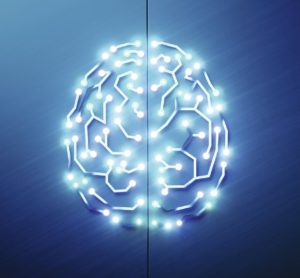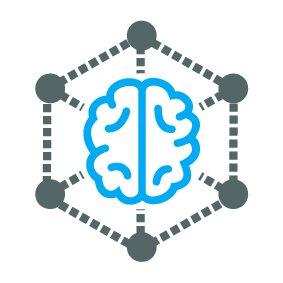As machines learn to think, SICK’s deep learning technology helps machines analyze large quantities of data
If greater efficiencies are to be made at each stage of production, machines must adapt and become smarter. Interest in intelligent machine behavior is increasing, and with it, the challenge of digital technology. Sensors remain the source of information, and integrated software offers a solution for evaluating and communicating networked data. However, the Industry 4.0 trend means there is an urgent need for “reformed” thinking in IT on data complexity. Deep learning is essential and it’s the path SICK and its customers are taking for modern plant processes.
Deep learning is a machine learning technique and is often seen as a significant part of the future of artificial intelligence. SICK applies this key technology to its sensors, offering customers added value for greater productivity and flexibility.
 Deep Learning Helps Machines Mimic Human Thinking
Deep Learning Helps Machines Mimic Human Thinking
Deep learning requires algorithms capable of detecting and processing vast, complex amounts of patterns and data. The artificial neural network mimics human thinking and learns from examples. It learns from experience and learns to adapt to new, updated information.
As a result, a range of optimizations are possible today that would have been unthinkable just a few years ago. Machines and plants, in combination with intelligent data and specialized sensors, can find solutions to the most complex tasks.
Applying Deep Learning to Logistics Automation
Most of SICK’s current deep learning projects are in the field of optical quality inspection. In logistics automation, deep learning cameras can automatically detect, verify, classify, and localize “trained” objects or features by analyzing the taught-in image base.
For example, they can check whether any flats are present in the sorter trays, optimizing sorter cell assignment and increasing throughput. They detect strapping bands on parcels − even white bands on white parcels. This improves quality control in the automatic packaging process and makes sure that transported objects are analyzed.
If packages are dented or damaged, or if the material properties of the parcel need to be determined, SICK sensors can intelligently capture and evaluate structures or features during live operation. They ensure that the next steps in the sorting process are initiated. This feature is unique in this form and could previously be performed only by the human eye. The ultimate aim of all SICK projects is to apply deep learning to improving processes and increasing plant effectiveness.
 Tailored Solutions Utilizing Complex Algorithms
Tailored Solutions Utilizing Complex Algorithms
The demand is not for a universal solution. Rather, the focus is on a solution tailored to a specific case. Although modern 2D and 3D cameras are continually becoming faster and more powerful, their performance is currently restricted by traditional image processing algorithms. In order to assess different applications and conditions, SICK’s deep learning experts work closely with the client’s process and quality experts. Their unique process expertise forms the basis of simulation training and the heart of subsequent deep learning algorithms in the sensor.
A complex network architecture processes the enormous quantity of information. In spite of this, the time needed to train a deep learning network comes to little more than a few hours. Deep learning networks can also be retrained and adapted to new conditions.
For big data pools and neuronal network training, SICK uses powerful independent, internal processing and IT systems. The deep learning algorithms generated are placed on the sensor locally via the cloud, making them fail-safe and directly available on an intelligent camera.
There’s still a long time to go before machines truly reign supreme, yet even today, deep learning is achieving impressive results and offers many benefits. The essential work, however, is still being done by humans. Only time will tell how many companies and industries will decide to fuel their growth by stepping up their investment in this digital technology.
![]() Now is the time for you to be a part of the revolution. Got any new projects that could utilize this technology? Contact a SICK representative today at info@sick.com to get started!
Now is the time for you to be a part of the revolution. Got any new projects that could utilize this technology? Contact a SICK representative today at info@sick.com to get started!





